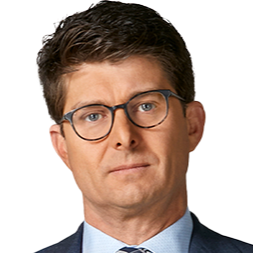Sequencing full human DNA is also getting much cheaper - within 10 years the cost will be about 1c, Gillam believes.
That means every morning when we brush our teeth it can check the genome and look for other DNA.
"It means we could pick up the genomes of any bacteria you have like pneumonia or bronchitis or viruses like the flu," he said.
"So it means you'll probably be diagnosed by your toothbrush before you're diagnosed by your doctor."
The key is in the ability of computers to read images, Gillam says.
Humans lost that crown in 2012 when research scientist Geoffrey Hinton developed computers that could recognise images more efficiently and with a lower error rate than humans
"And ever since then they've kept improving."
There was already a company called Enlitic that is recognising x-rays three times better than radiologists.
This won't mean the end of doctors, Gillam said. But it will change the nature of the job.
"There are over 2 billion people worldwide who will never see a doctor in their lifetime ... but yet a billion of those people already have cell phones," Gillam said. "And there are another billion expected to come online in the next few years," he said.
"These technologies are exactly the kind that we need to put into the hands of doctors so rather than treating 10 or 100 or 1000 patients they can treat 10,000 or 100,000 patients. I think we'll see the role of doctors evolve."
